How To Join Two Pieces Of Wood At 90 Degrees – The Ultimate Guide
Joining two pieces of Wood at a 90-degree angle is a fundamental skill for any woodworker or DIY enthusiast. Whether building furniture, constructing a bookshelf, or creating a picture frame, knowing how to join two pieces of Wood at a right angle is essential for achieving a strong and sturdy connection.
However, achieving a perfect 90-degree joint can be challenging, especially for beginners. There are various methods and techniques for joining Wood at a 90-degree angle, each with advantages and disadvantages.
Here, we will explore the most common and effective methods for joining two pieces of wood pieces at a 90-degree angle. We will cover everything from basic tools butt robust joints to more advanced techniques like pocket hole joinery and biscuit alternative joint joinery.
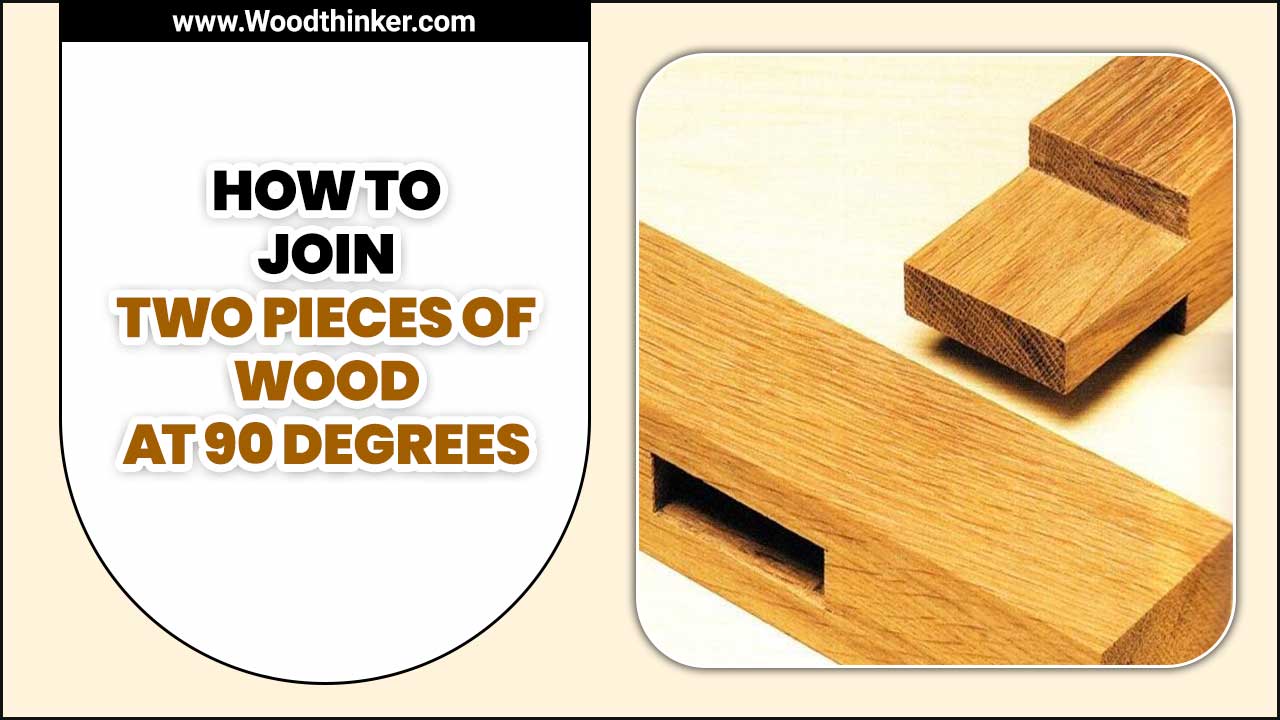
6 Effective Ways To Join Two Pieces Of Wood At 90 Degrees
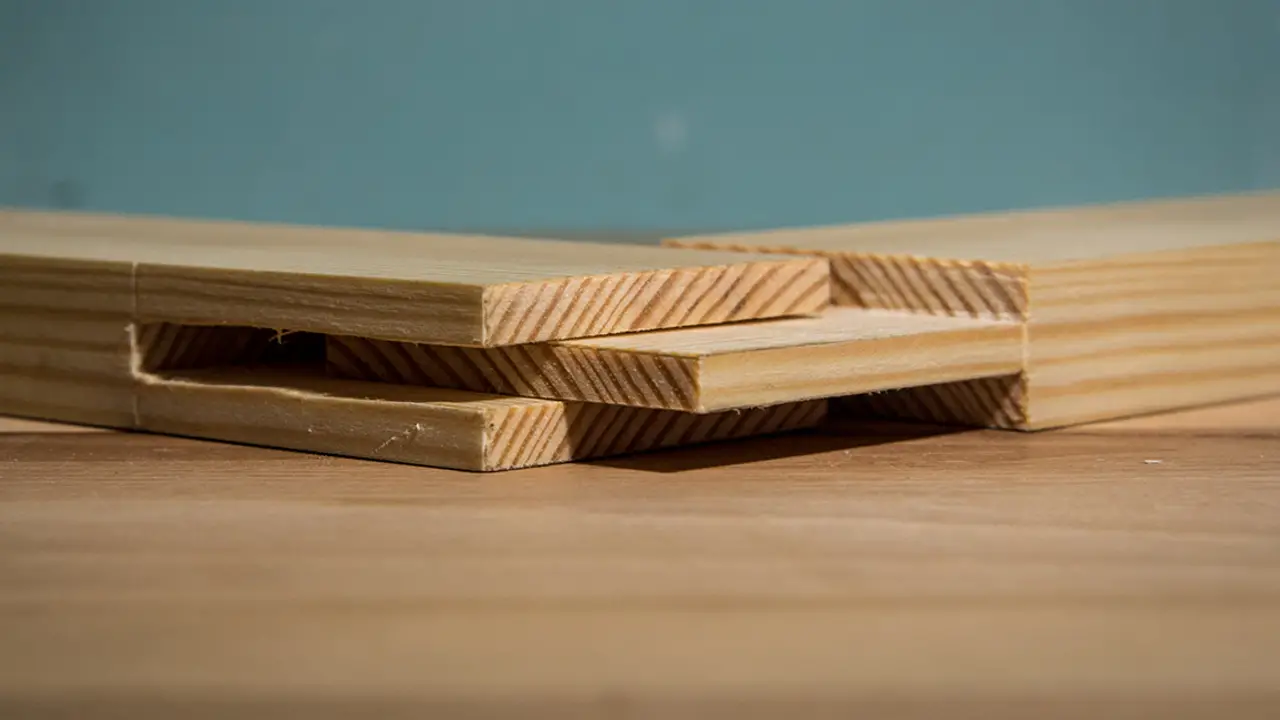
If you need to join two pieces of Wood at a right angle, then using a jigsaw is the easiest way. You can use this tool to cut the two pieces of Wood to be perfectly aligned and then glue them together.
Make sure you use a solvent-free adhesive and avoid any dust or debris when working – these could cause the bead of glue to fail. You can take a few easy steps to join two pieces of Wood at 90 degrees. Here are 6 effective ways to join two pieces of wood at 90 degrees.
The Butt Joint
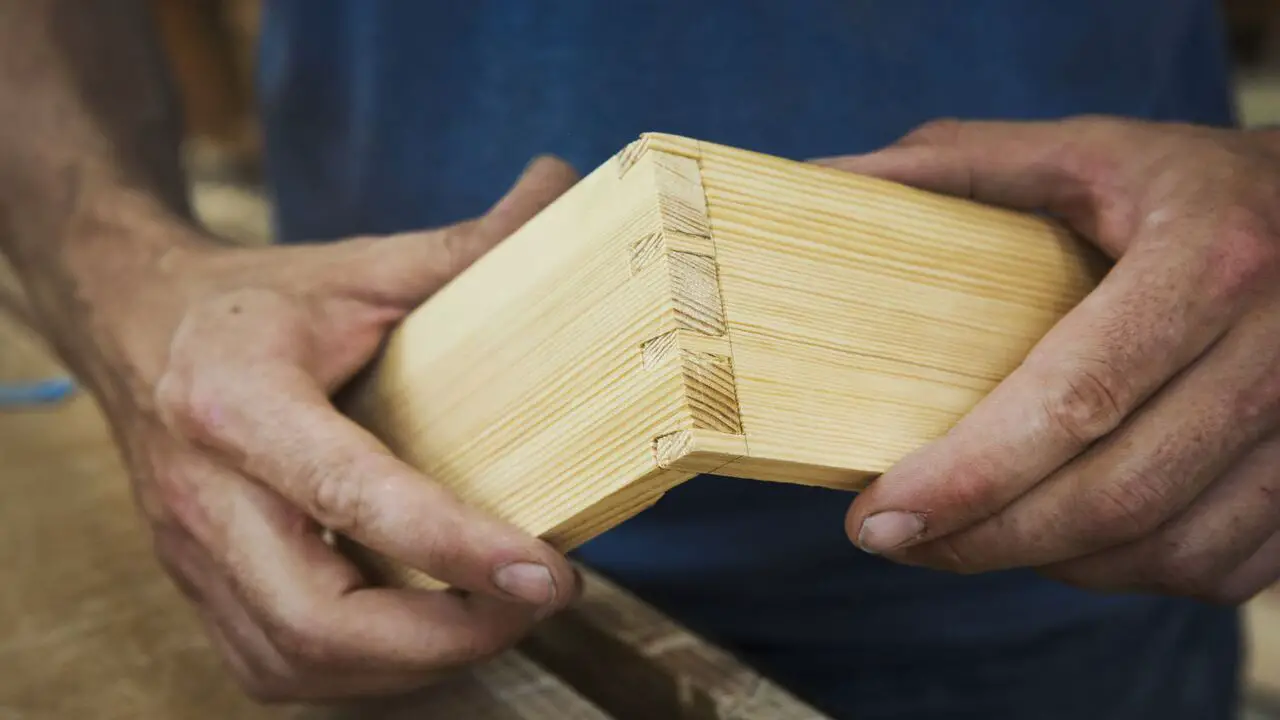
Joining two pieces of Wood at 90 degrees is called the butt joint. It’s a very simple and common way to join them and one of the most effective. The butt joint works because it creates a strong bond between the two pieces of Wood that’s resistant to warping and cracking. In addition, it’s easy to make and doesn’t require any special tools or materials – you need some basic woodworking skills.
Here’s how it works: First, cut the two pieces of Wood into their desired shape. Then, take your glue gun and glue one end of the first piece of Wood to the edge of the second piece of Wood. Make sure that the end that you’re glueing is facing downward so that the glue doesn’t get trapped between the pieces of Wood.
The Dovetail Joint
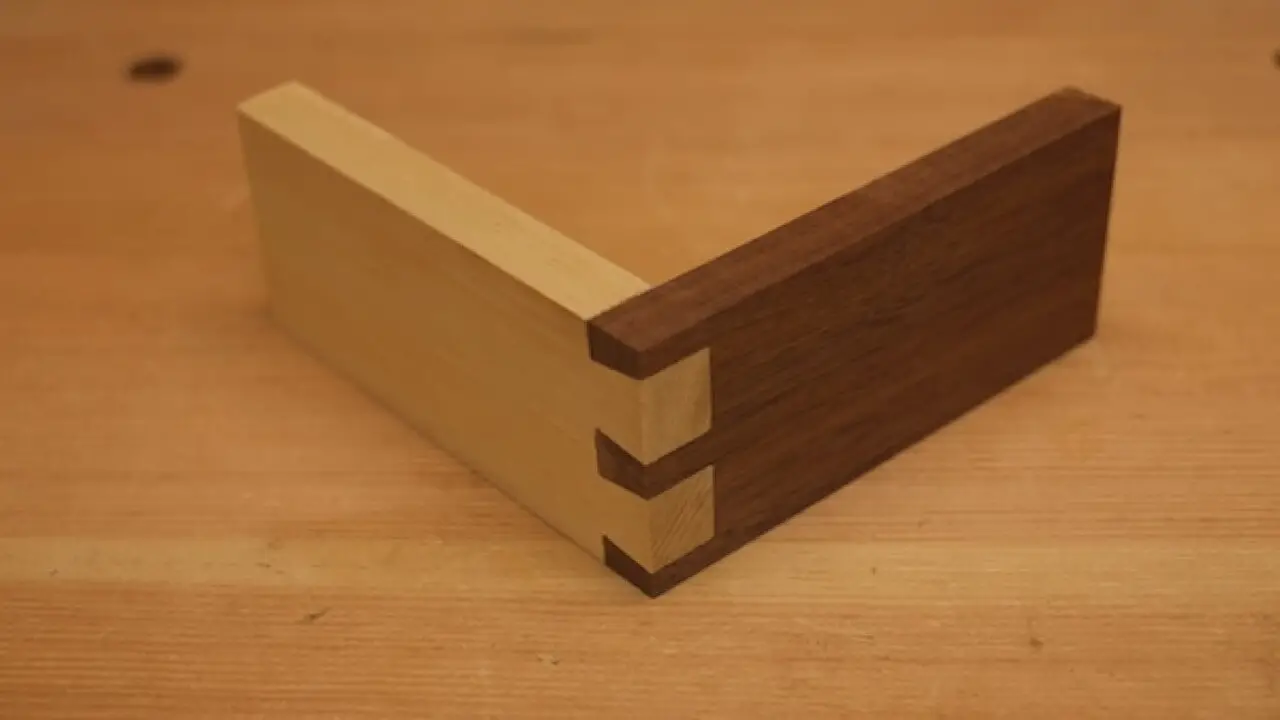
The dovetail joint is versatile and makes it easy to join two pieces of Wood at 90 degrees. You can use it for various purposes, such as fixing broken furniture, cabinets, or anything that needs a temporary fix.
There are just a few simple steps involved in the process, so it’s perfect for anyone who wants to do something quick and easy. Plus, it’s an ideal solution when you need to join pieces of Wood in different sizes.
So, the dovetail joint is worth considering whether you’re looking for a quick fix or want to create something more lasting and robust. Joining two pieces of Wood at 90 degrees is a common job for carpenters and builders. People call it a dovetail joint, a simple but strong way to connect two pieces of wood.
The Mortise And Tenon Joint
The Mortise and Tenon Joint is a joint we can use to join two pieces of Wood at a 90-degree angle. It’s also known as a dovetail joint or a half-blind dovetail joint. To make the joint, you first need to cut the pieces of Wood to their correct lengths.
Then, you’ll need to cut the mortise into one piece of Wood and the tenon into the other. The mortise will be slightly smaller than the tenon, and you’ll need to drill holes through both pieces at the desired accurate angles. You can insert your screws into these holes and tighten them to create the joint.
Joining Two Pieces Of Wood Using Screws
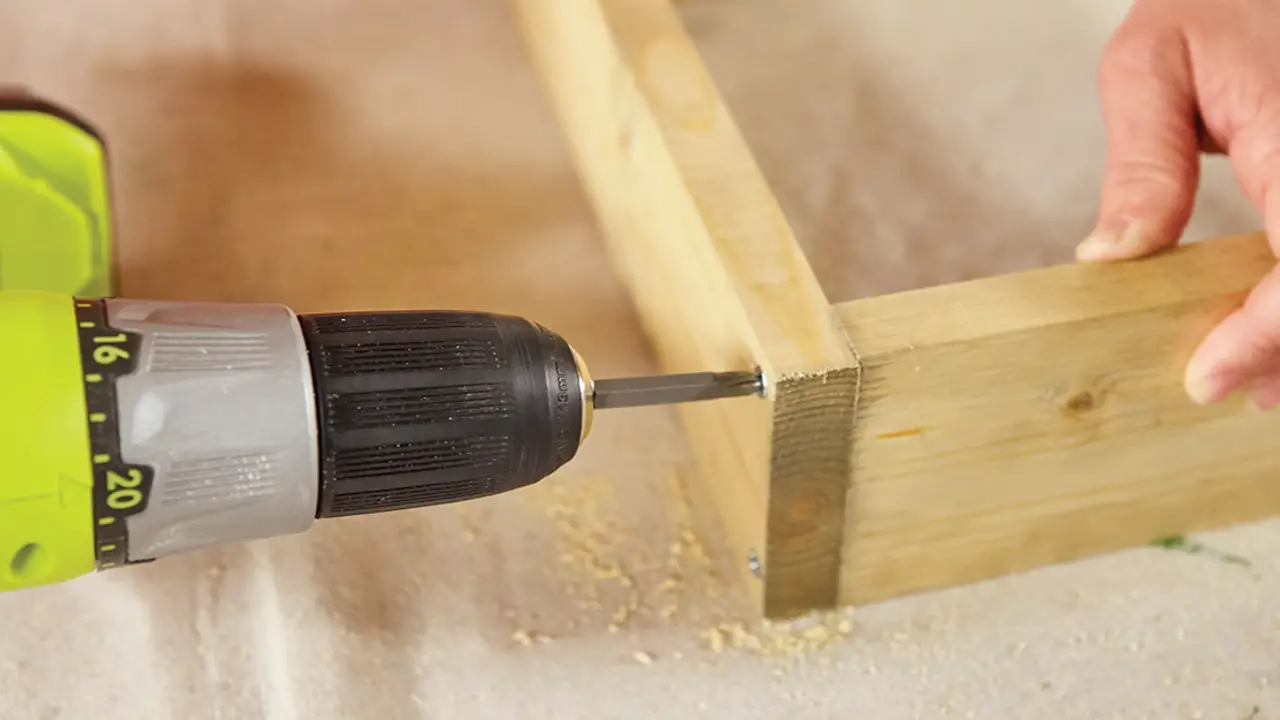
Joining two pieces of Wood using angled screws is one of the simplest ways to fix them together. It’s also one of the most common DIY projects around. To join two boards using screws, drill a hole in one side of each board and screw it onto the other using a screwdriver.
Make sure the screws go through both pieces, ensuring they’re tight. Properly, you need to remove them later on. Use a drill smaller than the screws so you don’t damage either piece of Wood.
Joining Two Pieces Of Plywood
Joining two pieces of plywood together is easy in just a few minutes. The first step is to cut the Wood to the required size, then use a dowel or biscuit joiner to join the two pieces at an angle of 90 degrees. Once joined, sand the surface smoothly and finish with a coat of paint or sealant.
Using a simple half-lap joint, it’s easy to join two pieces of plywood at 90 degrees. Just line up the edges of the two boards and use a pencil to mark the position of the corner simple butt joint.
Then, use a saw to cut along the marked lines, ensuring you maintain a 45-degree angle between the boards. Once you’ve completed this step, it’s just a matter of sanding down the seams, and you’re ready to paint or finish your project.
Joining Two Pieces Of Wood Using Dowels
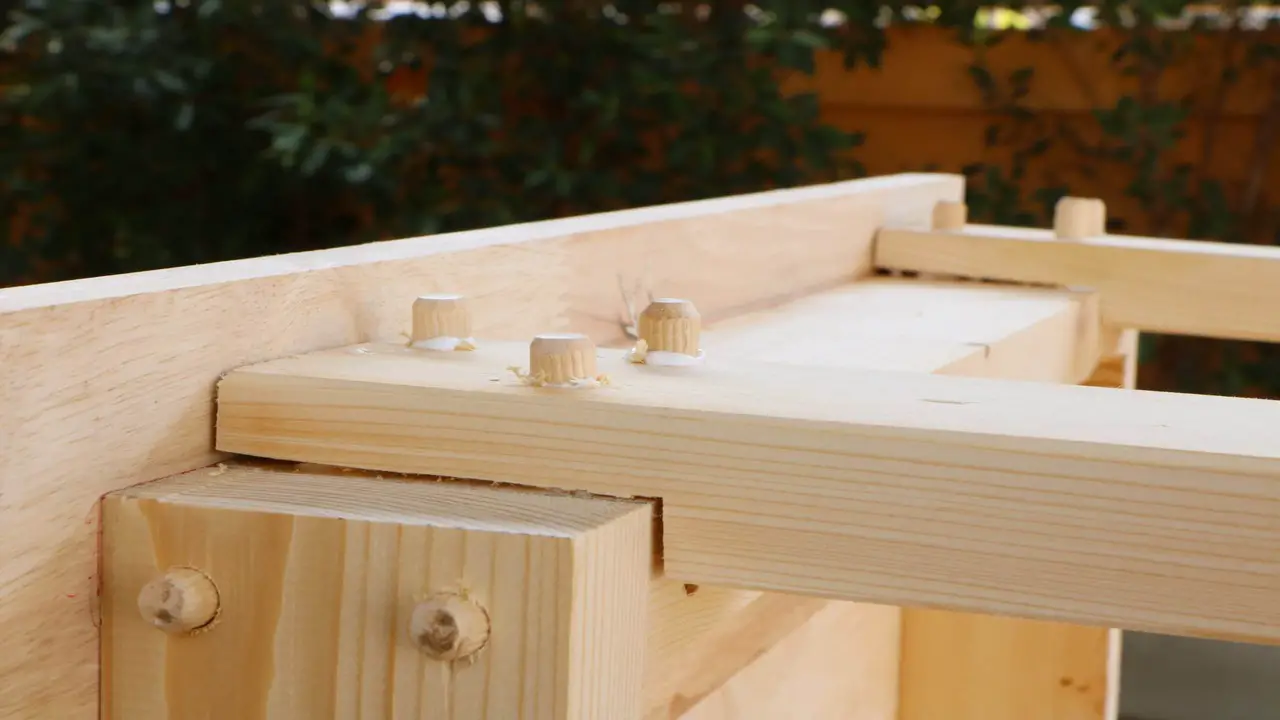
Joining two pieces of Wood using dowels is a simple but effective way to create a strong and stable joint. To join the two pieces of Wood using dowels, first cut the pieces of Wood to the required size. You can then use a jigsaw or a saw to make the cuts.
Once you make the cuts, it’s time to prepare the dowels. You’ll need two dowels that are at least 1 inch in diameter and 3/4 inch long. If possible, try to buy straightened dowels – this will make them easier to handle and less likely to bend while working with them.
It’s time to insert one end of each dowel into the hole you made in each piece of Wood. Be sure to line up the ends so they’re coherent (in line with each other). Then, use a hammer and nails to secure them in place. Repeat these steps for the other side of the joint.
How To Avoid Common Mistakes When Joining Wood
Joining Wood at 90 degrees is a common task that people must do occasionally. Combining two pieces of Wood at a perfect 90 degrees is crucial for achieving structural integrity and creating aesthetically pleasing projects. Various methods are available to accomplish this, each with its advantages and considerations. However, avoiding common mistakes is important to ensure a successful outcome.
- Measure and mark accurately before making any cuts or joining pieces
- Use the right type and size of screws or nails for the job
- Check for any defects or imperfections in the Wood before joining
- Apply a suitable adhesive or wood glue to ensure a strong bond
- Use clamps or weights to hold pieces together while the adhesive dries
- Avoid over-tightening screws or nails, as it can split or damage the Wood
- Sand and smooth the joined areas for a professional finish
- Allow sufficient drying time before applying any finishes or paints
Tips For A Strong And Secure Joint
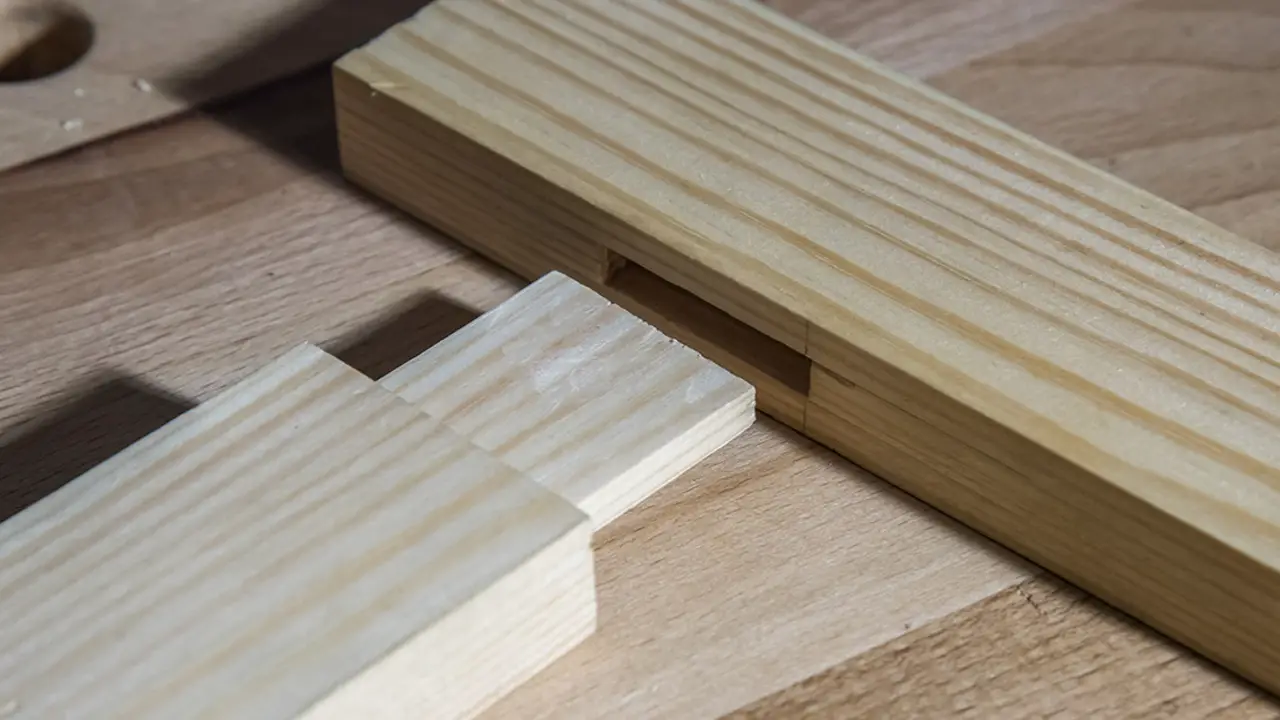
One common technique is using a mitre joint. This involves cutting the ends of the wood pieces at a 45-degree angle, creating a precise 90-degree corner when joined together. People commonly use mitre joints for picture frames, window casings, and moulding.. However, it is essential to ensure accurate measurements and precise cutting to achieve a seamless fit. Here are tips for ensuring a strong and secure joint.
- Ensure proper alignment of the joint before securing it
- Use strong and durable materials for the joint
- Apply appropriate pressure and force when joining the parts together
- Consider using adhesives or fasteners for added strength
- Regularly inspect and maintain the joint for any signs of weakening or damage
- Reinforce the joint with additional support if needed
- Follow recommended guidelines and instructions for joint assembly
- If unsure about the joint’s strength and security, seek professional guidance or assistance.
Finishing And Sanding The Joined Pieces
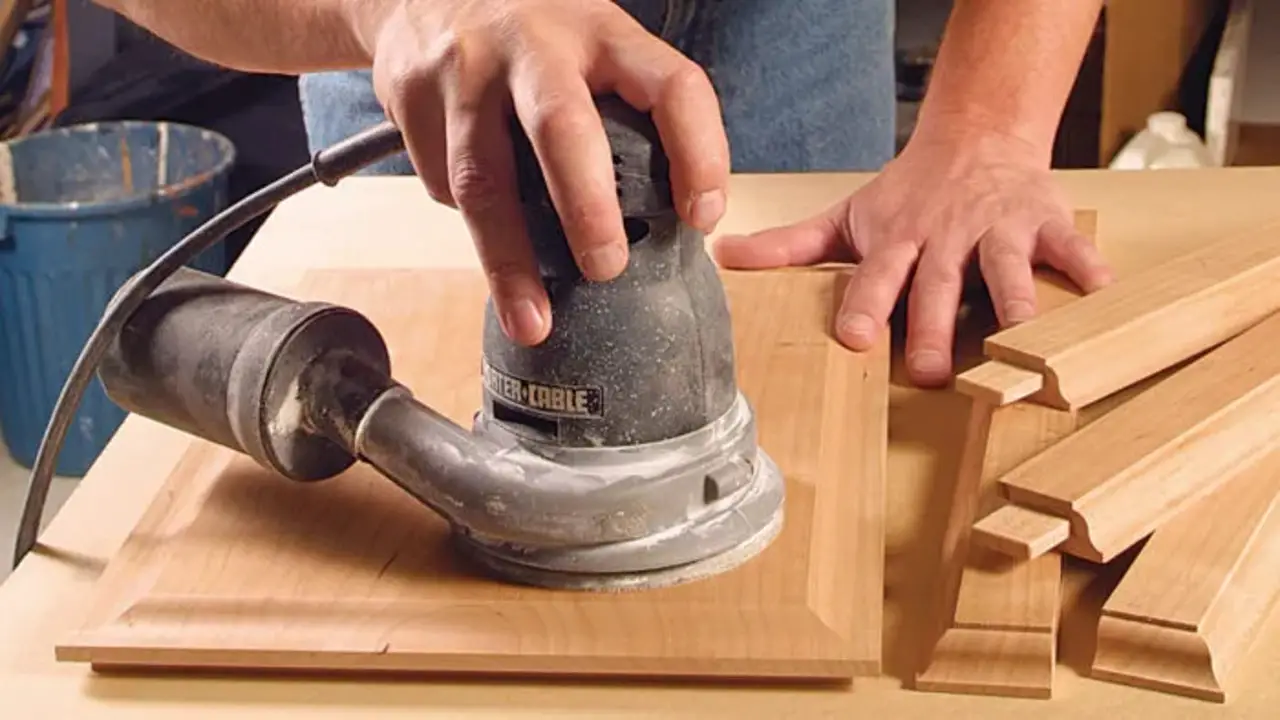
Finishing and sanding the joined pieces is an essential step in woodworking projects. Once the pieces are securely joined together, it is important to smooth out any rough edges or uneven surfaces. This can be done using various sanding techniques and tools such as sandpaper, sanding blocks, or power sanders.
The goal is to achieve a smooth and even surface that is ready for the final finish. Sanding not only enhances the project’s aesthetic appeal but also helps ensure the joined pieces’ proper fit and functionality. Pay attention to detail and take your time during this process to achieve the desired results.
Conclusion
Joining two pieces of Wood at a 90-degree angle may seem difficult, but with the right tools and techniques, it can be achieved with precision and strength. Following the steps here and using proper safety measures can create a strong and seamless joint in your woodworking projects. Remember always to measure and mark accurately, use the appropriate tools and materials, and take your time to ensure a precise and secure joint.
Remember always to measure twice and cut once, and don’t be afraid to ask for guidance from more experienced woodworkers. With practice and patience, you can master this skill and easily create beautiful and sturdy structures.
